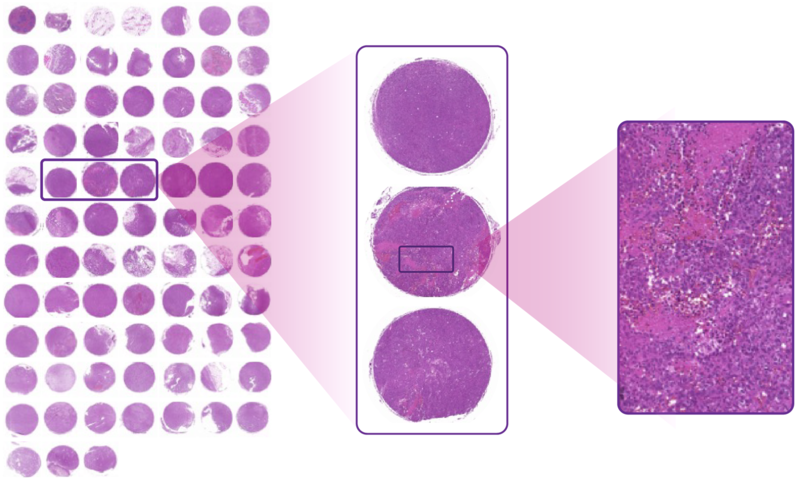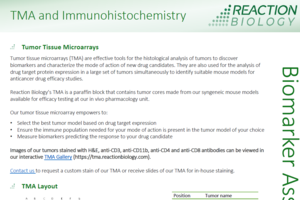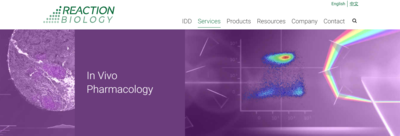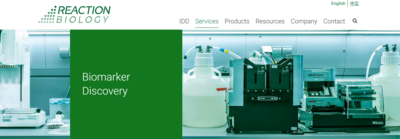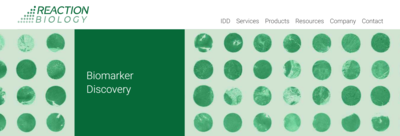TMA and Immunohistochemistry
Tissue microarrays (TMA) are effective tools for the histological analysis of tumors to discover biomarkers and characterize the mode of action of new drug candidates. They are also used for the analysis of target protein expression in a large set of tumors of different origins simultaneously to identify suitable mouse models for anticancer drug efficacy studies.
Reaction Biology’s TMA is a paraffin block that contains tumor cores from syngeneic mouse models available for efficacy testing at our in vivo pharmacology unit.
The tumor tissue microarray empowers to:
- Select the best tumor model based on target expression
- Ensure the immune population needed for your mode of action is present in the tumor model of your choice
- Identify and measure biomarkers predicting the response to your drug candidate
Images of our tumors stained with H&E, anti-CD3, anti-CD11b, anti-CD4 and anti-CD8 antibodies can be viewed in our interactive TMA Gallery.
Contact us to request a custom stain of our TMA or receive slides of our TMA for in-house staining.

